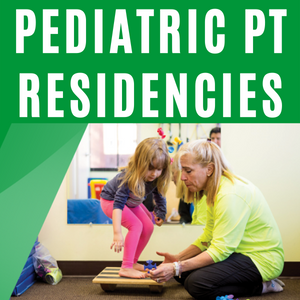Back
Concurrent session
General topic areas
Physical Therapy Treatments Incorporating Equine Movement: A Pilot Study Exploring Interactions Between Children with Cerebral Palsy and the Horse
Saturday, November 19, 2022
4:00 PM – 5:30 PM
Location: Broadway 3-4
.jpeg.jpg)
Priscilla Lightsey, PT, DPT, MA, HPCS
Physical Therapist
ROCK (Ride on Center for Kids)
Austin, Texas
Nancy Krenek, PT, DPT, HPCS
Founder/CEO
ROCK (Ride on Center for Kids)
Georgetown, Texas
Lead Speaker(s)
Speaker(s)
To enhance physical therapists and physical therapy assistants understanding of why physical therapy incorporating equine movement can be a viable treatment tool, this presentation will outline a study conducted by the presenters and describe their findings. Physical therapy (PT) treatments incorporating equine movement is recognized as effective in treating functional mobility and balance in children with cerebral palsy (CP). To better understand the effectiveness of this type of treatment, the presenters conducted a study, with mechanical engineers, using inertial measurement unit sensors to examine the motion between the horses and the children during PT sessions utilizing equine movement. The children’s movements increasingly synchronized to the vertical movement of the horse’s walk suggesting that, as the sessions progressed, the participants became more familiar with the horse’s movement. Additionally, the children demonstrated modest improvements in the Timed Up and Go and the 10m Walk functional mobility tests. Since the horse’s gait at a walk mimics the human gait, this type of treatment may provide individuals with CP, who have abnormal gait patterns, an opportunity for their neuromuscular system to experience a typical gait pattern. This session will discuss the findings’ significance to the practice of PT.
Learning Objectives:
- Describe three justifications why a physical therapist might incorporate equine movement into a therapy session.
- Explain one or more finding of the study relevant to physical therapy treatments designed to improve gait abnormalities.
- Identify the planes of movement imparted to the human pelvis, when riding a horse at a walk.

.png)
.png)
.png)
.png)
.jpg)
.png)

